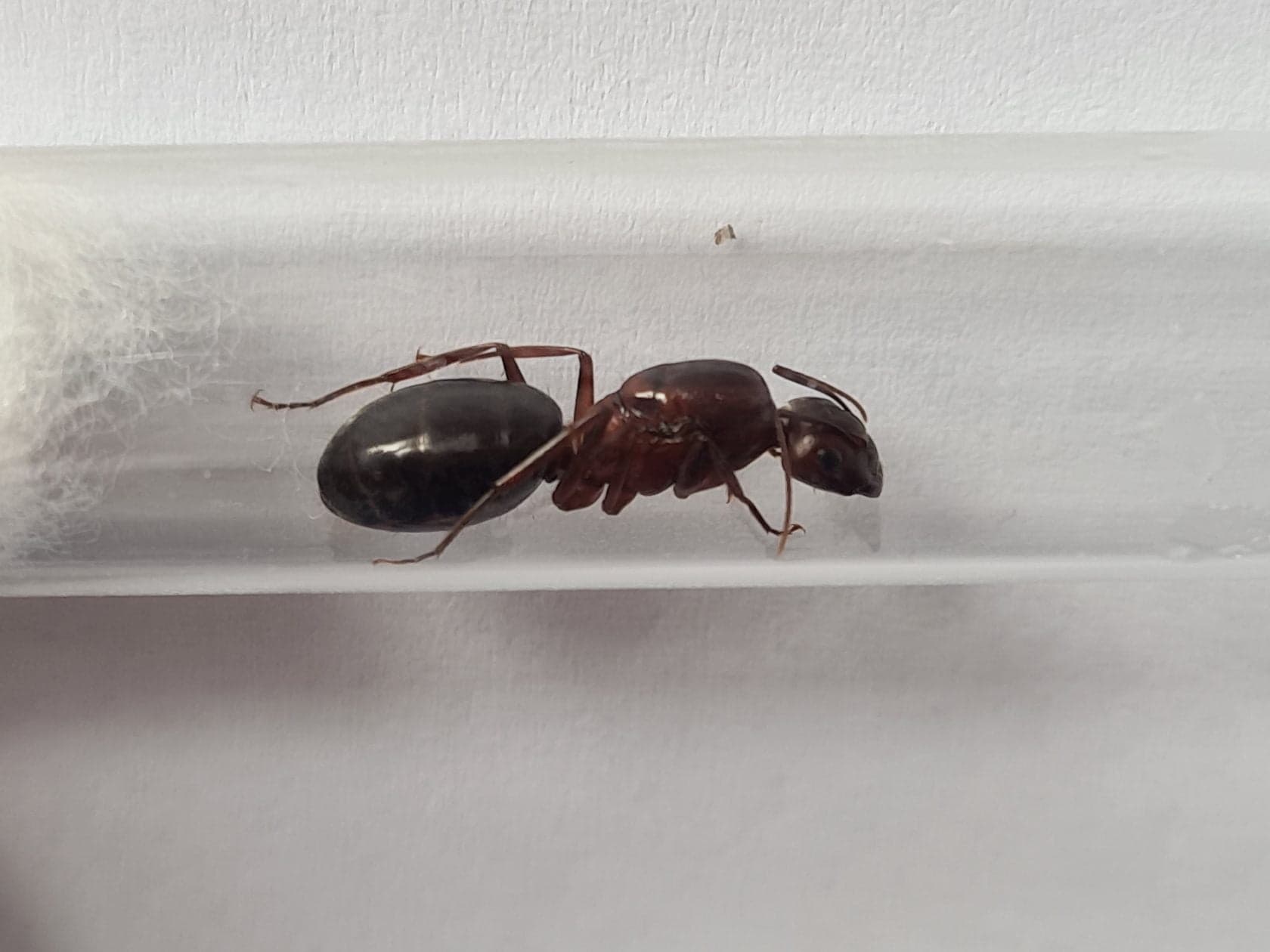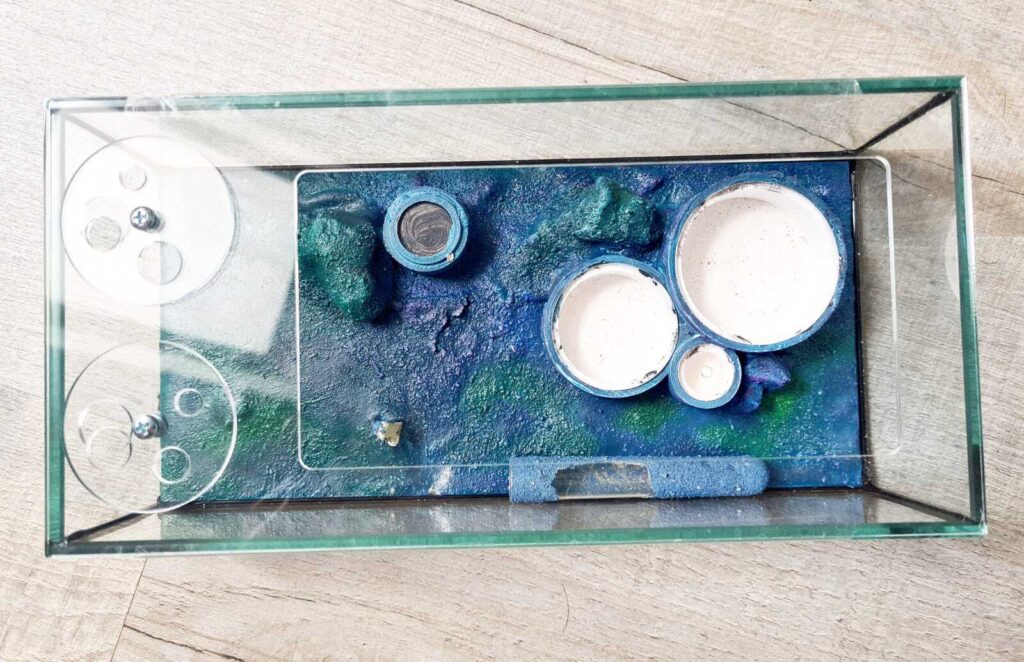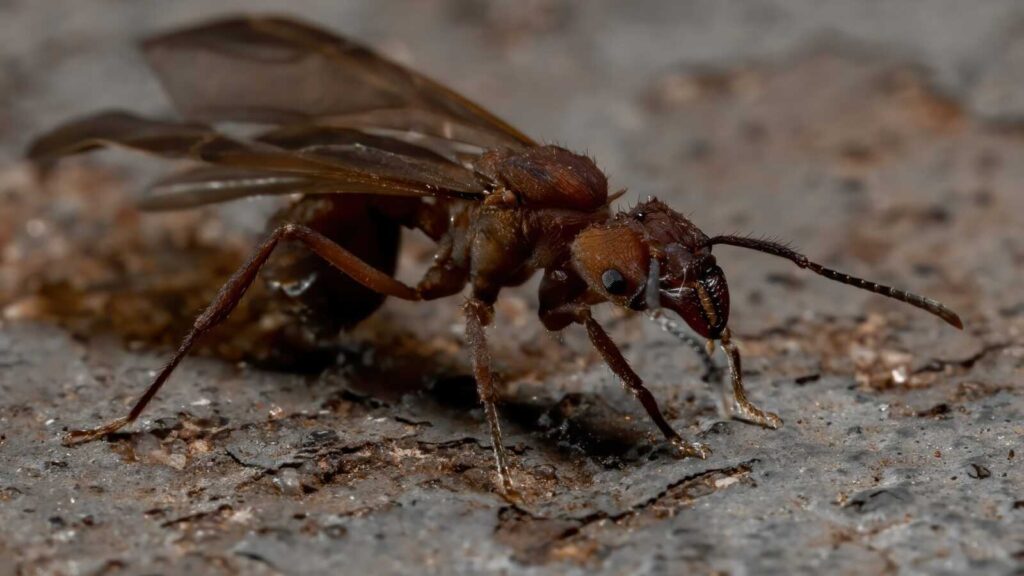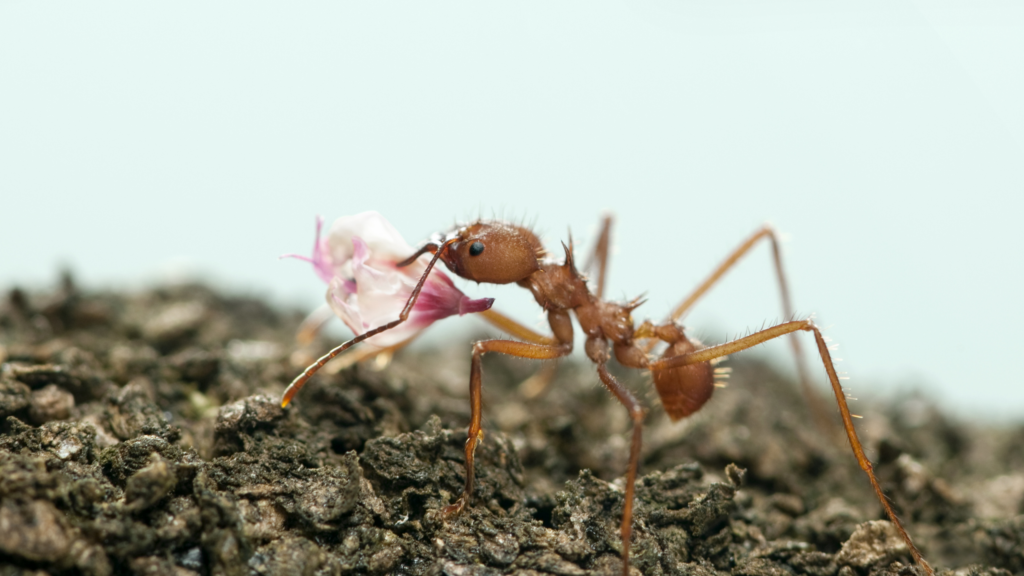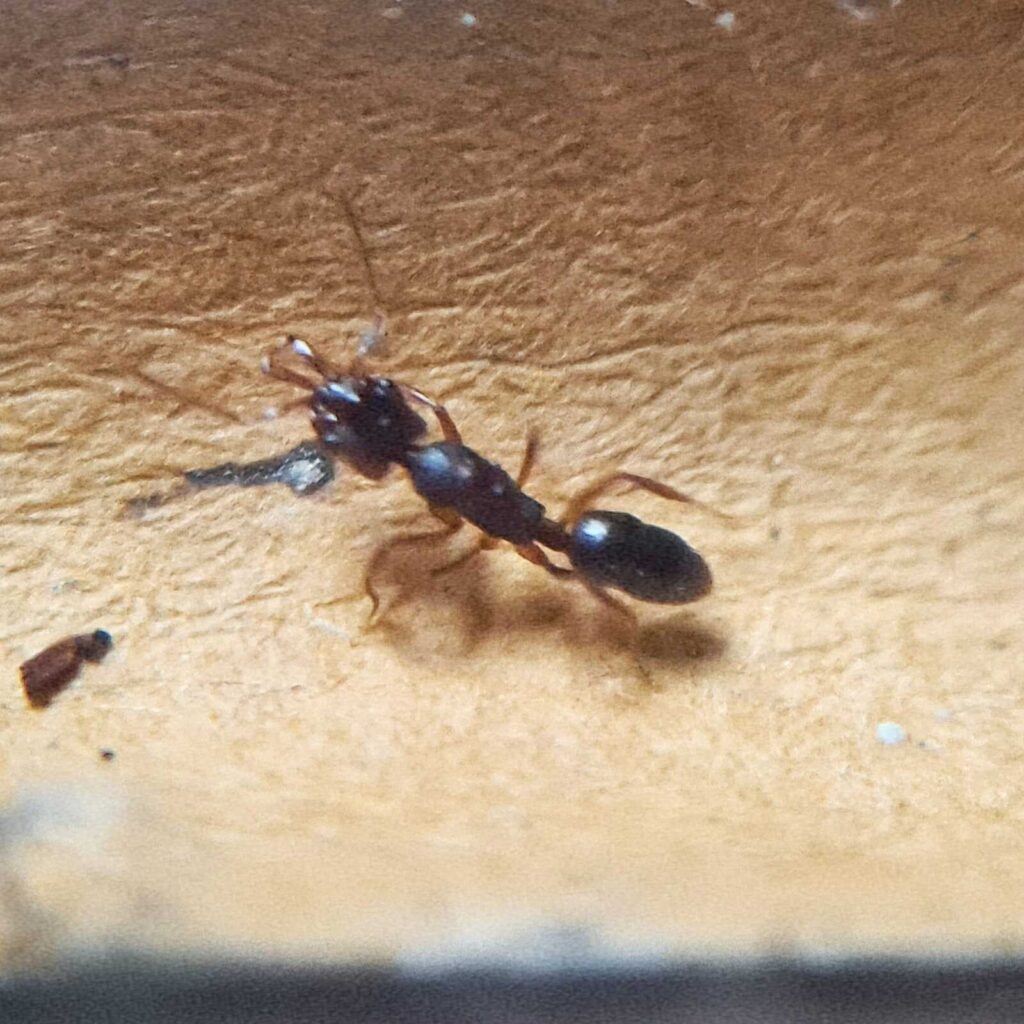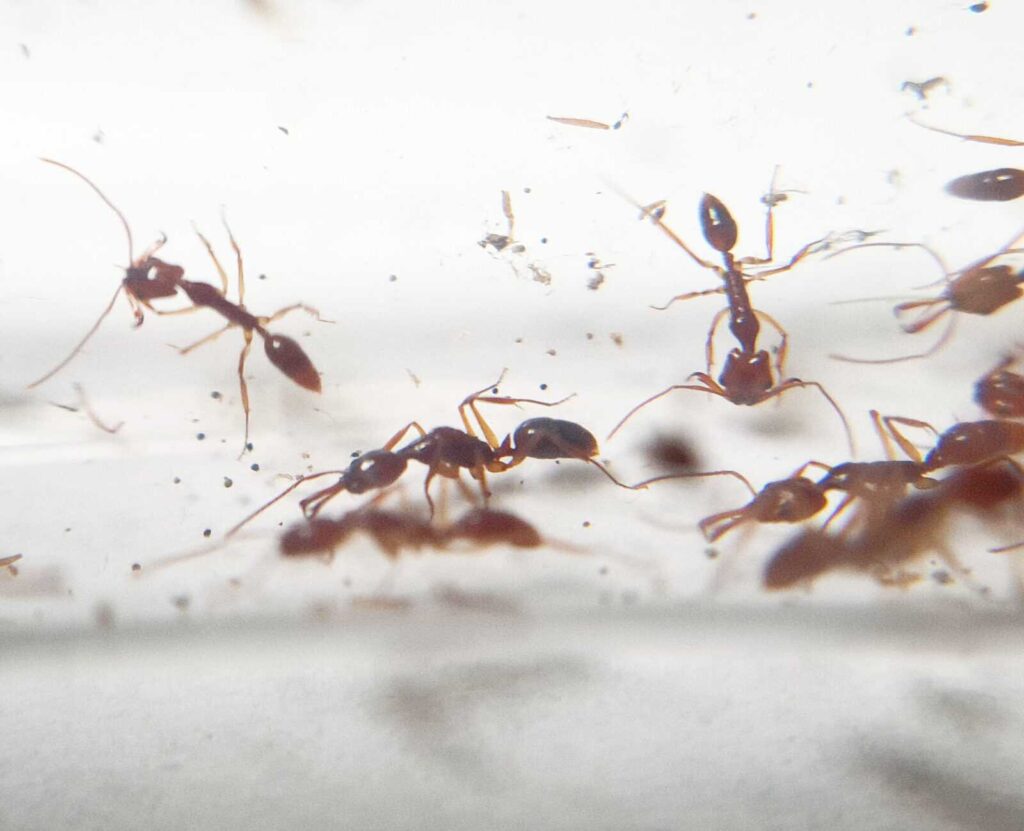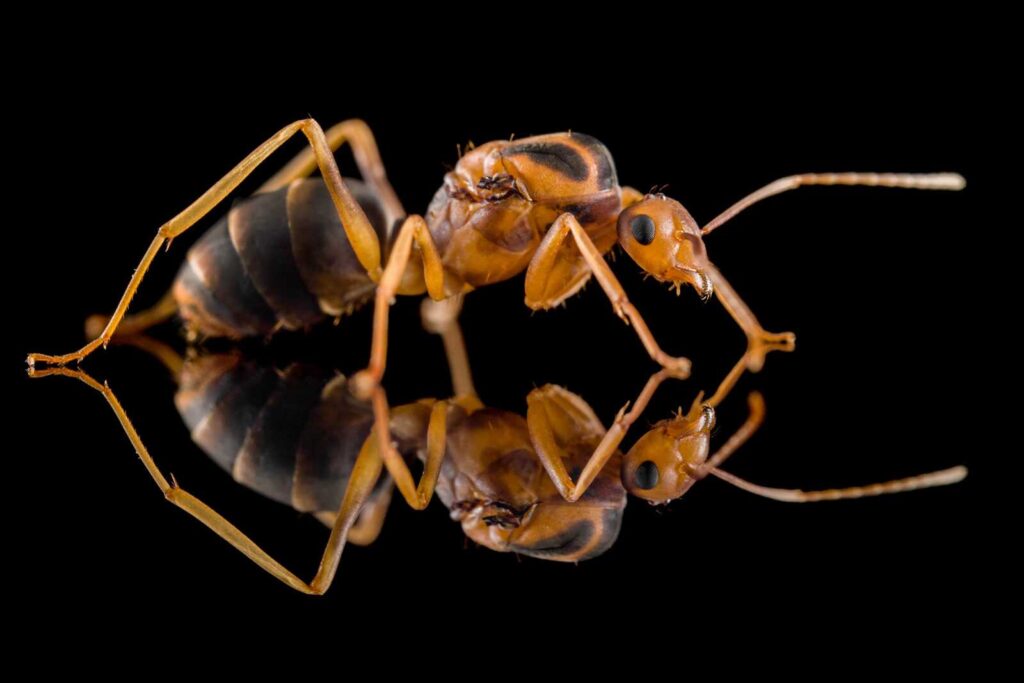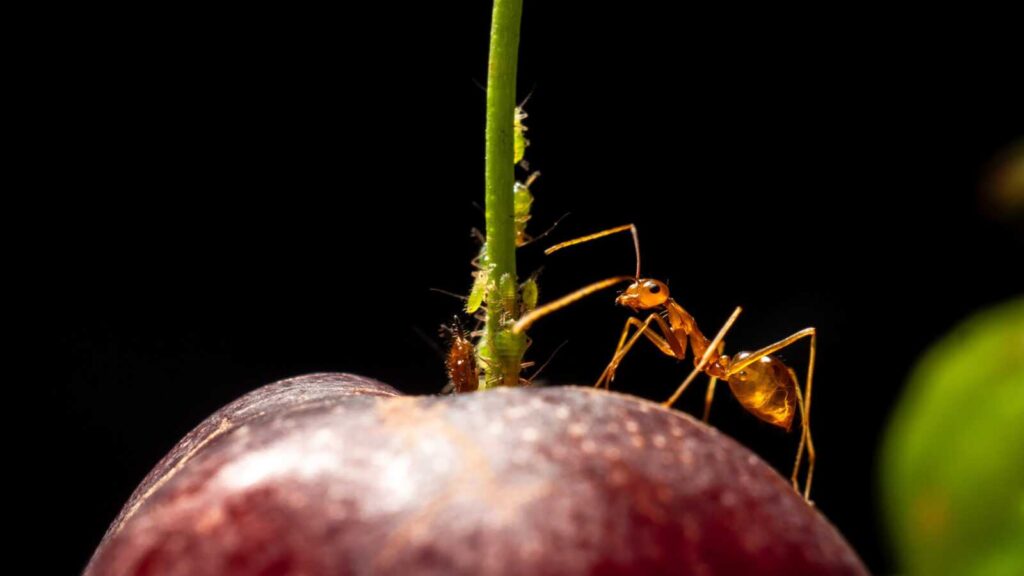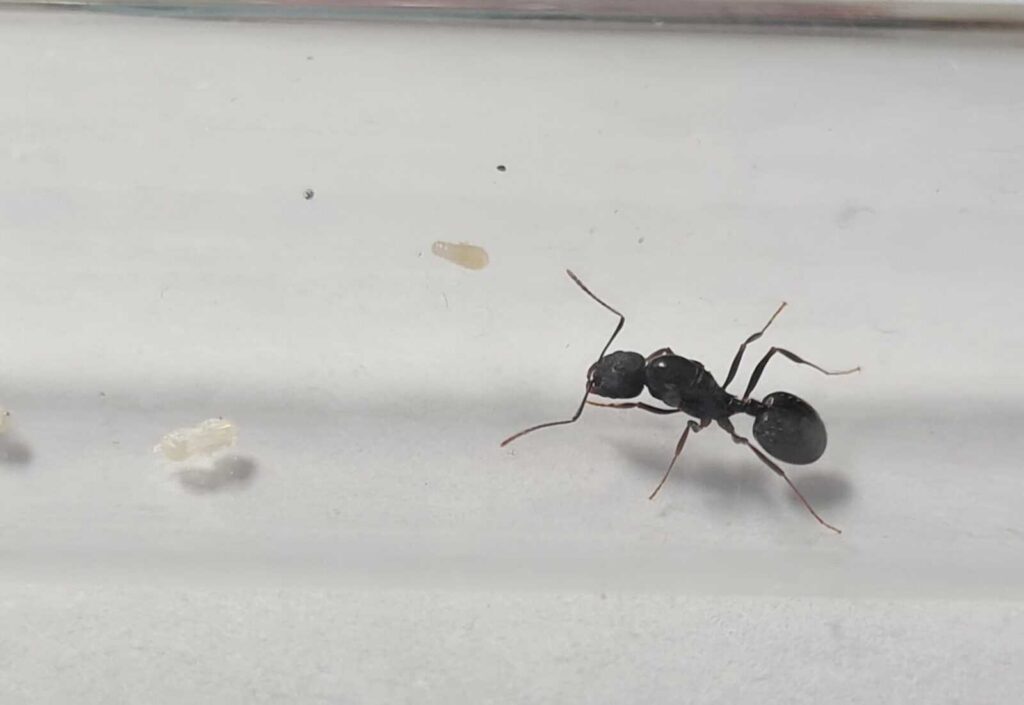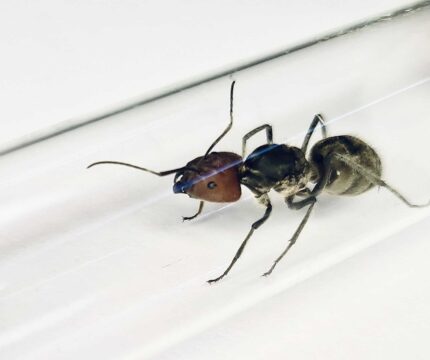
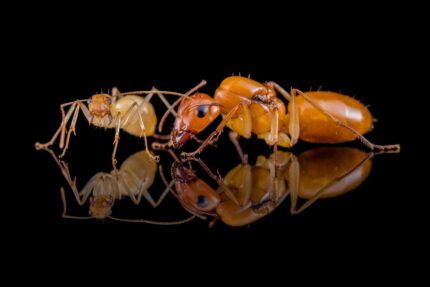
Camponotus turkestanicus
89,90 zł – 199,90 zł
Worldwide shipping
Free delivery over 500 PLN
The highest quality of goods
Live delivery guarantee
24/7 Personal Support
Fair Prices
Description
The Camponotus turkestanicus is a monogynous ant species with colony sizes of up to 2000 workers. They have a medium development rate and their queen measures 12-14 mm, while workers measure 7-12 mm. They are brown in color and their diet consists of food insects, syrup, fruits, vegetables, jelly, and cooked chicken without salt.
Additional information
| Behavior | |
|---|---|
| Difficulty in breeding | |
| Origin | |
| The size of ants | |
| Wintering |
Camponotus turkestanicus: A Fascinating Ant Species for Ant Enthusiasts
Colony Type: Monogyny
Colony Size: Up to 2000 workers
Development Rate: Medium
Size:
- Queen: 12-14mm
- Workers: 7–12 mm
Color: Brown
Nutrition:
- Food insects (such as cockroaches and crickets) dead, or live if colony is big
- Syrup (a mixture of water and honey or sugar, with a ratio of 4/3 water:1)
- Fruits and vegetables
- Jelly
- Cooked chicken without salt, shrimps
- Honey
Arena Humidity:
Arena: 40-60%
Nest: 50-70%.
Arena Temperature:
Arena: 18-28 °C
Nest: 20-24 °C.
Features of the Species:
Camponotus turkestanicus ants are known for their cautious and secretive nature. When they perceive danger, they demonstrate a heightened sense of self-preservation and withdraw rather than panicking. This behavior ensures the safety and survival of the colony even in challenging situations. With their intriguing habits, they are truly fascinating to observe and care for.
Recommended Nests for Breeding:
When breeding Camponotus turkestanicus, it is important to provide them with suitable nesting options. The recommended types of nests for this species are:
- Acrylic
- Cork
- Plaster
- Aerated concrete
- Digfix
These materials offer the necessary structure and environment for the ants to establish and flourish their colony.
In conclusion, Camponotus turkestanicus ants are fascinating creatures to observe and care for. By providing them with the correct nutrition, humidity, temperature, and appropriate nesting options, you can ensure the health and well-being of this remarkable ant species. Get started on your ant-keeping journey with Camponotus turkestanicus today!


